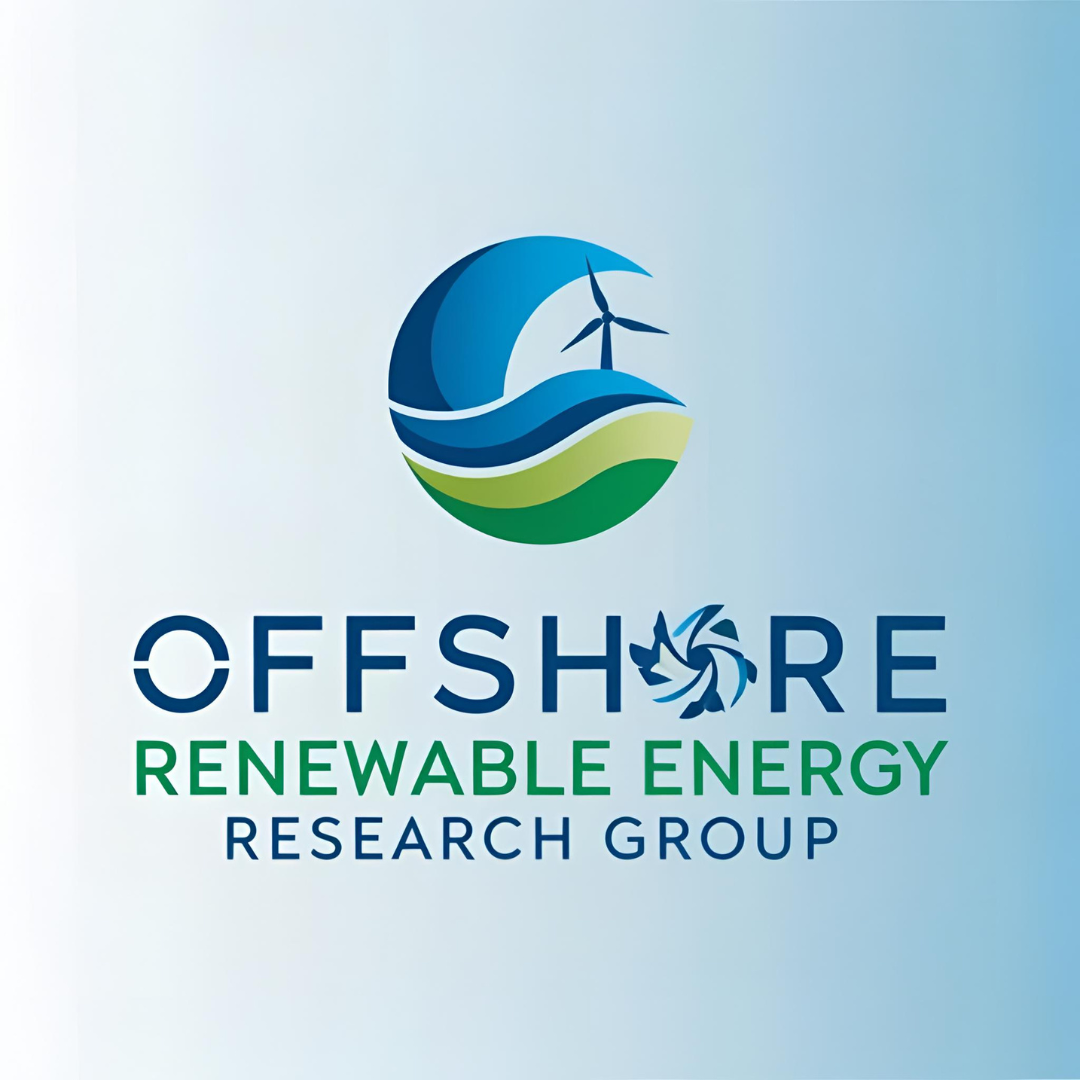Publications
The IEA Wind Task 49 Reference Floating Wind Array Design Basis
This report provides a general design basis for the development of reference floating wind farm designs. These reference array designs will extend the scope of existing reference floating wind turbine designs to facilitate research on array-level floating wind technology challenges and innovations. The design basis promotes coordination and consistency in developing the reference array designs. International Energy Agency Wind Technology Collaboration Programme (IEA Wind) Task 49 on Integrated Design of Floating Wind Arrays is an international collaboration aiming to advance the development of large-scale floating wind farms by providing open-access resources to the research and development and planning communities. The work of Task 49 focuses on array-level challenges related to the colocation of many floating wind turbines; their layouts, mooring systems, and cabling systems; failure risks; logistical considerations; marine spatial planning needs; and future research needs and innovation directions. Task 49 is a 4-year effort that began in December 2021 and that includes representatives from project developers, technology providers, universities, consultancies, regulatory agencies, and research institutions from 12 countries. Its four work packages (WPs) have the following objectives: • WP1: Curate a set of site conditions representative of the global floating wind pipeline • WP2: Develop reference array designs for typical site conditions and technology types • WP3: Catalogue array-level failure risks, consequences, and mitigation strategies • WP4: Identify critical innovation opportunities and marine spatial planning requirements. This design basis report is the first major output from WP2, and it presents the approach for developing reference floating wind array designs. The contents of this design basis were developed from extensive discussions among WP2 participants, including five working groups focused on different areas during the first phase, and a group of three design teams that identified more specific challenges and approaches during the start of the design phase. Floating wind farm design involves many additional factors relative to individual floating wind turbines or fixed-bottom wind farms. Further, reference designs have different requirements than real projects. Therefore, this design basis contains important information and decisions to give definition to the reference floating wind array design effort.
- Authors
Matthew Hall, Ericka Lozon, Fiona Devoy McAuliffe, Matteo Baudino Bessone, Ilmas Bayati, Malcolm Bowie, Pauline Bozonnet, Michel Castagné, Ju Feng, Stein Housner, Marek Jan Janocha, Zhiyu Jiang, Yong Yook Kim, Donghee Ko, Konstanze Kölle, Chern Fong Lee, Malakonda Reddy Lekkala, Guodong Liang, Mohammad Youssef Mahfouz, Madhan Mohan, Daniel O'Connell, Muk Chen Ong, Julien Prieur, Vishnu R. N. Rajasree, Anja Schnepf, Thor Snedker, Jean Thurston-Keller and Chris Wright
- Year
- 2024
- Category
- Report
- Link to Publication
- https://docs.nrel.gov/docs/fy24osti/89709.pdf


